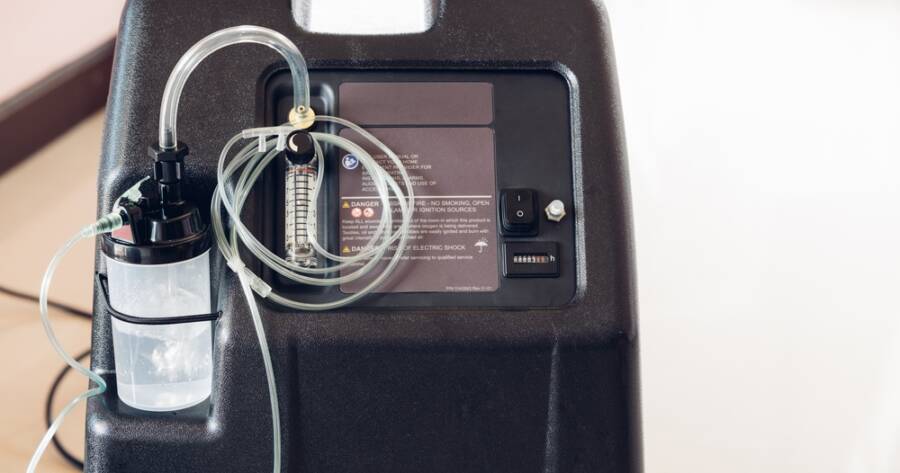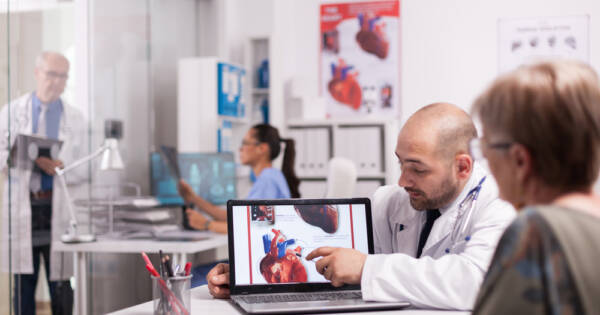Accessing a portable oxygen concentrator (POC) through Medicare can significantly improve the quality of life for those with chronic respiratory conditions. These devices deliver supplemental oxygen, enhancing mobility and independence by allowing users to move freely without needing heavy tanks. Understanding the steps involved in obtaining a POC through Medicare is crucial. By navigating the process effectively, eligible individuals can secure these devices, ensuring they receive the necessary support for managing respiratory health conditions.
Understanding Medicare Coverage for Oxygen
Medicare is a federal program providing healthcare coverage for individuals aged 65 and over, or those with specific disabilities. Medicare Part B may cover durable medical equipment (DME), such as oxygen supplies, if criteria are met. For oxygen therapy, Medicare covers devices like POCs when patients have a documented need for continuous oxygen.
To qualify, a healthcare provider must furnish documentation confirming oxygen therapy necessity, typically through a blood gas study. This medical assessment determines the oxygen level, identifying the need for supplemental oxygen and its expected benefits. Understanding these requirements helps align medical evaluations with Medicare’s criteria, smoothing the path toward approval and device acquisition.
Obtaining a Prescription and Documentation
The initial step in securing a portable oxygen concentrator involves consulting a healthcare provider, who can evaluate the need for supplemental oxygen therapy. If deemed necessary, a healthcare provider will issue a prescription specifying that supplemental oxygen is required, a pivotal document for Medicare consideration.
Additionally, detailed documentation supporting the prescription should accompany the application. This might include results from the blood gas study, physician notes, and records of any related medical conditions. These documents substantiate the medical necessity for oxygen therapy, reinforcing the case for coverage through Medicare. Ensuring comprehensive and accurate documentation increases the likelihood of approval.
Choosing a Medicare-Approved Supplier
Once proper documentation is prepared, selecting a Medicare-approved supplier is essential. Suppliers accredited by Medicare can provide the necessary equipment and handle the billing process with Medicare. Researching available suppliers acquaints individuals with equipment options, policies, and provider reputations.
Connecting with the supplier involves sharing prescriptions and other required documents, allowing providers to assess coverage eligibility and guide clients through the Medicare claim process. Many suppliers offer guidance, assisting with paperwork and ensuring compliance with Medicare criteria. Choosing a supplier with helpful customer service enhances the experience, providing ease and transparency throughout the process.
Understanding Cost and Coverage Details
While Medicare covers a significant portion of the oxygen equipment cost, beneficiaries might still encounter some expenses. Generally, Medicare requires a 20% coinsurance, wherein patients bear part of the cost unless supplemental insurance or Medicare Advantage Plans offer additional coverage. Understanding personal financial responsibility aids in planning for related costs.
It’s important to recognize that original Medicare coverage typically involves a rental agreement rather than outright purchase. The supplier provides and maintains the equipment for a determined period. Comparing potential out-of-pocket expenses and discussing payment plans with suppliers offers a clearer understanding of financial obligations, aiding in an informed decision.
Possible Challenges and Solutions
Navigating Medicare processes can present challenges, such as understanding specific criterion details and completing thorough documentation. Ensuring alignment with prescribed requirements from healthcare evaluations reduces obstacles. Continuously communicating with healthcare providers about requirement compliance supports an uninterrupted process.
To address or preempt challenges, leveraging resources such as community-based support groups or organizations specializing in respiratory health is advantageous. They can provide guidance and share experiences, aiding in preparing a successful application. Engaging resources encourages empowerment, providing additional tools for navigating complex healthcare systems.
Alternatives and Additional Resources
In scenarios where Medicare might not cover portable oxygen concentrators, exploring alternatives ensures continued access. Some state programs, charitable organizations, and non-profits offer aid or funding for medical equipment for those qualifying through specific criteria. Researching such opportunities offers potential solutions for ensuring accessibility.
Additionally, checking with supplemental insurance providers or Medicare Advantage Plans could reveal opportunities for further coverage. Reviewing plan details and coordinating benefits maximizes available resources, reducing potential financial hurdles. Combining multiple avenues for support aligns aspirations for securing necessary equipment with practical and effective solutions.
Navigate the Process Confidently
Obtaining a portable oxygen concentrator through Medicare involves understanding coverage criteria, accurately documenting medical necessity, and aligning with approved suppliers. By navigating this process proficiently and recognizing potential challenges, individuals pave the way for obtaining essential respiratory support.
Exploring alternative resources and leveraging community support frames the experience with empowerment and preparedness. With access to portable oxygen concentrators, individuals can achieve enhanced mobility and quality of life, fostering greater independence and well-being. Embrace this journey, fostering informed and proactive engagement to enhance respiratory health management effectively.





